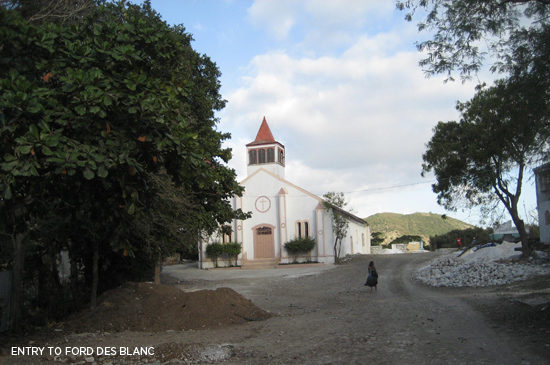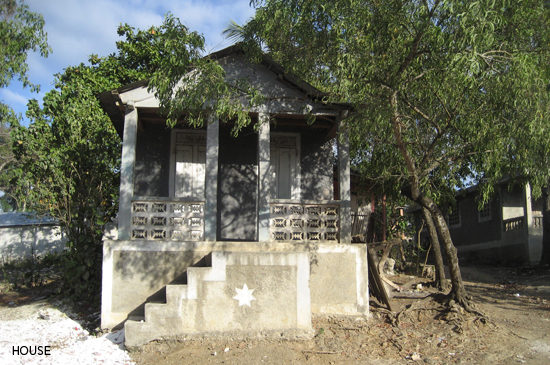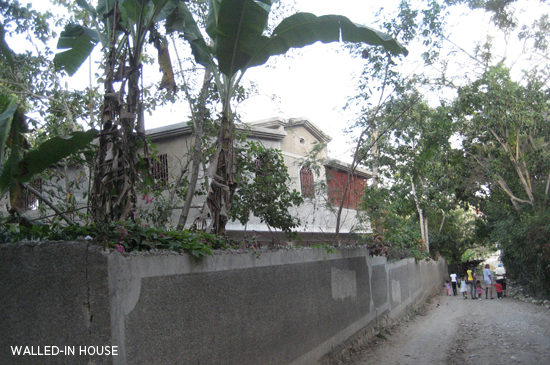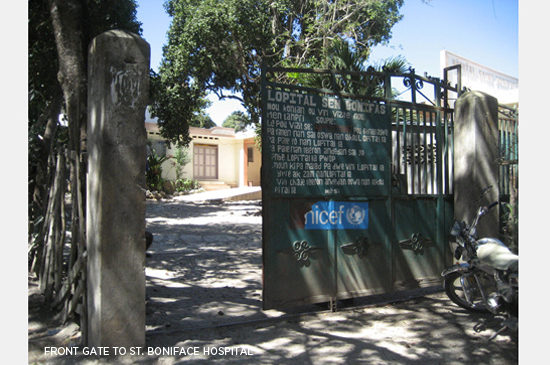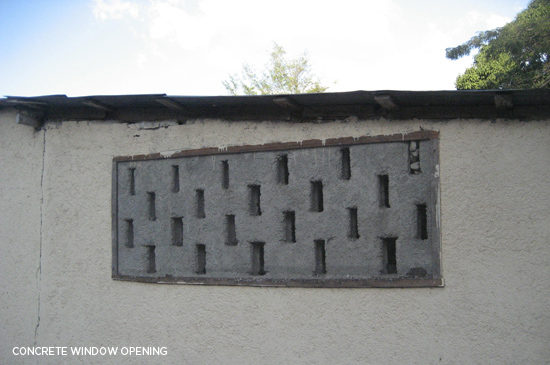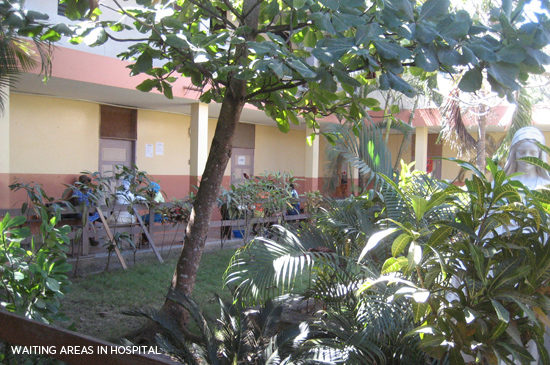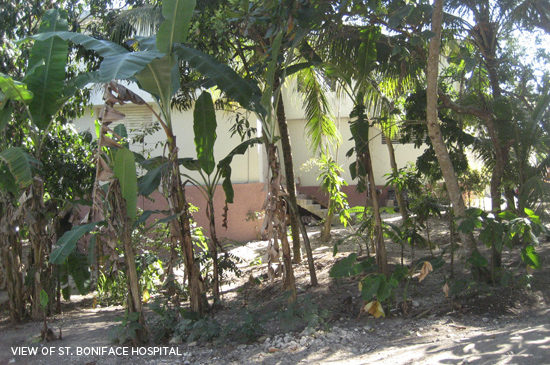This February, I visited Haiti for a project that was recently awarded to the firm, a new maternity addition at St. Boniface Hospital (SBH). This hospital is located at Fond des Blanc, a mountainous community, accessible 3 to 5 hours from Port of Prince depending on traffic. It is the only hospital in the southern peninsula serving a population close to 120,000. This project will be unlike any other project that we’ve ever done. It will require a total rethinking of healthcare design and its execution. Instead of being bound by regulations, institutional standards or best practices, it will be defined by a completely different set of norms; medical practices influenced by a culture with deep roots and construction means and methods derived from very limited available resources to withstand natural catastrophes.
Spending the few days at Fond des Blanc prior to embarking on design was vital. In addition to getting familiarized with the terrain, culture and work habits, the eye opener for me was the prevailing feeling of inaccessibility. Location, transportation, resources, technology infrastructure and skill sets are some prime examples. Based on my initial observations, local sourcing has become such a cliché in the States but in Haiti, it is almost the only alternative.
In order to deliver a successful project, we have to work with what’s readily available and that means keeping the design simple, rudimentary and self sustaining. SBH has electricity and is in the process of upgrading the capacity of the generator. SBH is not averse to entertaining solar power as long as it is affordable or better yet donated, can be easily maintained and secured. PV panels are prized throughout Haiti. Access to electrical power is still out of reach for many in Haiti. Outside of Port of Prince, I actually witnessed a person on stilts stealing power from a power pole. Perhaps this explains why electrocution cases are so common in the Emergency Room. On the other hand, internet and cell phone signals are not a problem throughout the compound at St. Boniface.
Air conditioning using a localized split system is limited only to the operating room (OR), imaging and isolation rooms. For the future OR, we will make provisions for a more sophisticated air system with laminar flow and low return. Everywhere else in the compound utilizes natural ventilation. Realizing that I came during the dry season and that Fond des Blanc is up in the mountains, I noticed that the interior spaces remained relatively comfortable even towards the late afternoon. Rooms with high clerestory openings actually felt cool. During the summer months I was told that it does get hotter but could still be tolerable. The addition of ceiling fans would definitely help.
There are no piped medical gases even in the OR, only bottle gases. It appears they like to keep it that way for ease of maintenance. Just recently SBH obtained a prized possession, an oxygen generator so that they no longer have to depend on deliveries. Currently, bottled gases are now delivered on pickup trucks that have to drive across a river. A new bridge is being built which will drastically improve overall accessibility.
The most daunting infrastructure challenge at St. Boniface is sewage disposal. The current septic system is inadequate with poor leaching fields. We need to look at effective and sustainable solutions such as the Blivet system in Mirbalais where after treatment, the water is 90% cleaned and then leached out to the field. A related concern has been public usage of toilets. Many locals have never seen or used a toilet. Innocent abuse is widespread. All sorts of stuff are disposed down the toilet including clothes, wads of paper and even rocks and bags of cement. Modern toilets are difficult to maintain. Therefore we will evaluate the feasibility of continued reliance on latrines for public usage, with improvement on disposal and elimination of odors.
As for building construction options, the most available system is poured concrete floor and roof slabs and CMU for walls with rebar reinforcement to meet seismic design. CMU are ubiquitous throughout Haiti, varying drastically in quality. We have access to reliable producers in Port of Prince but unfortunately will not be sourcing locally. We are going to consider lighter options for the roofing system. Steel joists which can be locally assembled are no longer a rarity. Welding workmanship from what I’ve seen is quite good. With a steel system we would consider a pre-manufactured light weight roofing system, flat or sloped. This will have to be imported from abroad. Fenestration design is where we can get creative. Jalousie openings whether glass or metal are the predominate type. Window sills are always 4-5 feet high for privacy and security. I deduced views are not highly valued because I saw with frequency curtains or a piece of cloth covering widows at all times, probably to fend off glare.
We have just begun to touch on these issues and will need to engage in more in depth explorations of suitable means and methods to construct the new maternity wing. We feel very fortunate to have members and advisors on our team who have been working in Haiti on the state-of-the-art Mirbalais Hospital They will give us guidance to navigate through the process. It’s a great beginning and much to look forward to ahead.


